This year, I used the quince to make quince jelly (last year I made jam), bottled slices in syrup for later baking, and also dehydrated the pulp, intending to make a fruit leather, but it turned out more like chips. When I ran out of time, but still needed to get the final box of quince processed (after I'd given away umpteen boxes!) I boiled up the last of the quince and bottled or froze the resulting liquid to be later made into jelly.
Recipes and instructions are below...
Quince Jelly
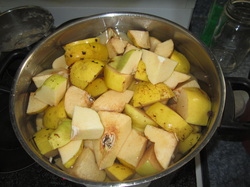
Wash the quince to remove the fuzzy coating. Chop whole fruit into relatively even size chunks. There is no need to peel or core, though if you are planning to keep the pulp for dehydrating, you may wish to do so.
Place in a pot and cover with water.

Cover pot, bring to boil, then simmer until fruit is tender, approx 1 hour, by which time it will have changed to a rosy colour - quince changes colour when cooked for prolonged periods.
Set aside to cool.
Step Three
Using a potato masher, mash the quince up in the pot of water as much as you can.

As with all jellies, the part you are after is the liquid from cooking the fruit. Usually you strain the contents of the pot through a cheesecloth, keeping the liquid. In practice, with quince I found it was easier to "roughly strain" the mixture through a metal colander first, removing most of the fruit pulp, and then strain the resulting liquid through a cheesecloth to remove any remaining pulp. IMPORTANT: do NOT squeeze the cheesecloth if you want the jelly to have a nice, clear look to it without cloudiness.
The photo above shows the pulp left in the colander, which I dehydrated (see separate instructions below).


1. Measure the volume of the liquid you are working with, and pour it into a large, heavy pot. For every litre (4 cups) of liquid, add 4-5 cups of sugar. Using less sugar will not change the sweetness of the final result - the jelly will set when it reaches a certain temperature, at which point its sugar content will be 65% or so - adding less sugar simply means you will have to boil it longer.
2. Bring the pot to the boil, then boil it uncovered until setting point is reached, stirring frequently to avoid burning. How long this takes will vary depending on conditions. Some recipes claim as little as 10 mins, but I've always found it takes about an hour (though I work in large quantities, which may have something to do with it).
Setting point is reached when a dribble of jelly dropped onto a cold plate goes wrinkly when touched and stays in one place.
3. While the jelly is boiling, prepare your jars - wash them, rinse out, place in a cold oven, then turn the oven on to 100C and sterilise for 30 mins. Keep the jars hot until you are ready to fill with jelly. Also boil lids or seals and rings in a pot of water for a few minutes before using.
4. When the jelly is ready, fill the jars. I stand the jars on newspaper on top of a wooden chopping board, one at a time straight from the oven, as close to the pot as possible and ladle in the jelly, leaving an inch headspace before sealing with a lid or seal. A bottling funnel is a great help to getting it all in the jar rather than down the sides. I made my own by cutting out around the stem of a spare large funnel - it sits in the top of the jar and directs my preserves in the right direction. Set the jars aside to cool.
Bottled Quince

For quince, the fruit is washed, peeled, cored and sliced, then kept in a large bowl of water until I'm ready to process it. Don't worry if it browns a little - it turns white again when you cook it.
I heat a pot with a small amount of plain water in it, to which I then add a drained colander full of fruit at a time to cook before spooning into jars with a slotted spoon.
A separate pot contains the boiling syrup solution, which is ladled into the jars over the fruit. Quince needs a reasonably strong syrup - I use approximately 1 cup sugar to 4 cups water.
Bottled quince can be used as a preserved fruit on cereal or in baking. Our favourite use is to combine it with apples and make a fruit crumble.
Dehydrated Quince Pulp/Leather/Chips
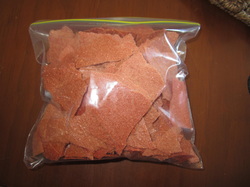
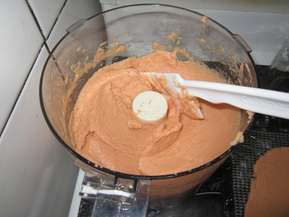
After dehydrating overnight, the "leather" was dry enough to remove from the cling wrap and finish drying on the mesh trays.
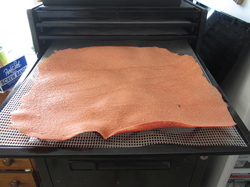




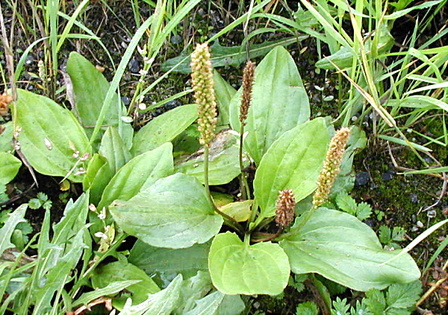
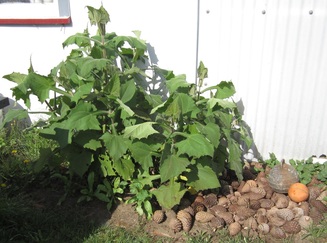
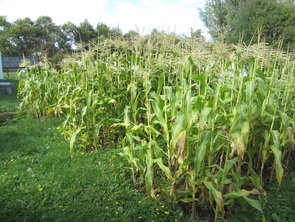

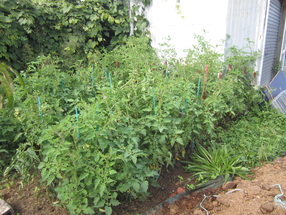


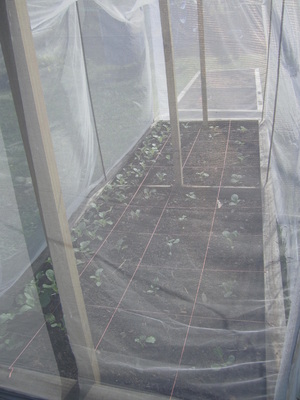
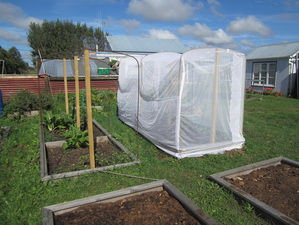


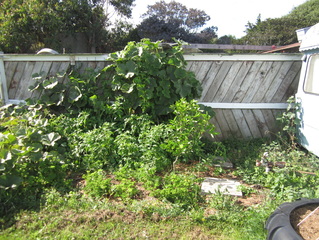

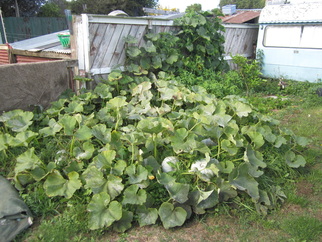
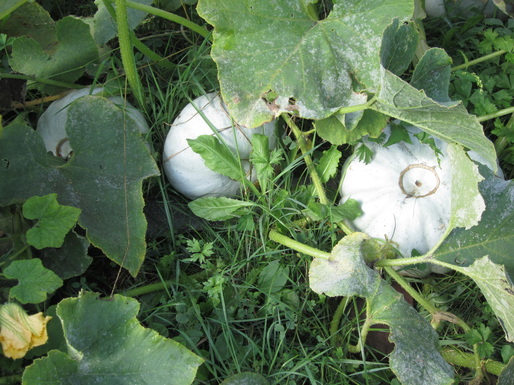

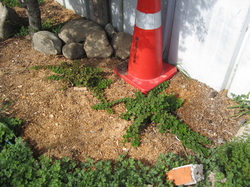
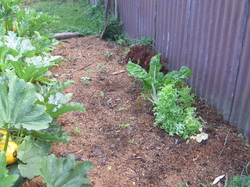

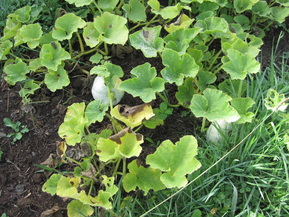
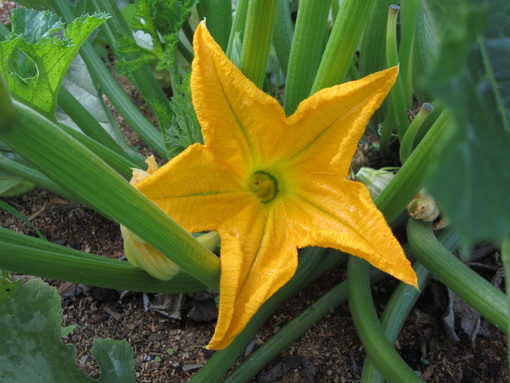
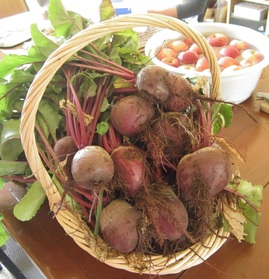
 RSS Feed
RSS Feed
